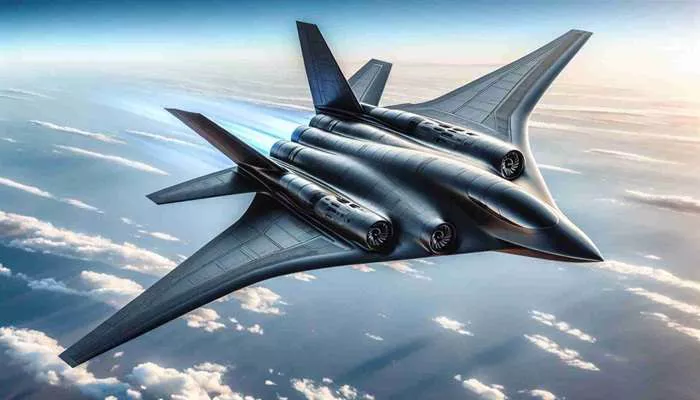Stealth technology has transformed modern warfare, enabling aircraft like the F-35 to dominate the skies. At the heart of this capability lies a critical innovation: advanced engines. These next-generation powerplants not only boost stealth but also deliver groundbreaking performance improvements.
The F-35’s propulsion system, developed by Pratt & Whitney, is a marvel of engineering. Its latest version, the F135 engine, is designed to reduce radar detection while providing exceptional thrust and efficiency. One standout feature is its ability to achieve supersonic speeds without afterburners, a capability known as “supercruise.” This reduces the aircraft’s heat signature, making it harder for enemies to detect.
Beyond stealth, the F135 engine focuses on fuel efficiency and reliability. Its modular design simplifies maintenance, allowing for quicker repairs and faster mission turnaround. The engine also uses adaptive technology, adjusting its thrust-to-fuel ratio based on mission requirements. This enhances the aircraft’s range and endurance, making it more versatile in combat scenarios.
In research labs, engineers are pushing the boundaries of engine technology. They are experimenting with advanced materials like ceramics and composites, which can endure higher temperatures and reduce engine weight. These innovations aim to further improve performance and durability.
As these technologies evolve, they are setting new standards for stealth aircraft. The engines powering jets like the F-35 are paving the way for the next generation of fighter aircraft, ensuring air superiority for decades to come. With relentless innovation, the future of stealth technology looks brighter—and more powerful—than ever.

